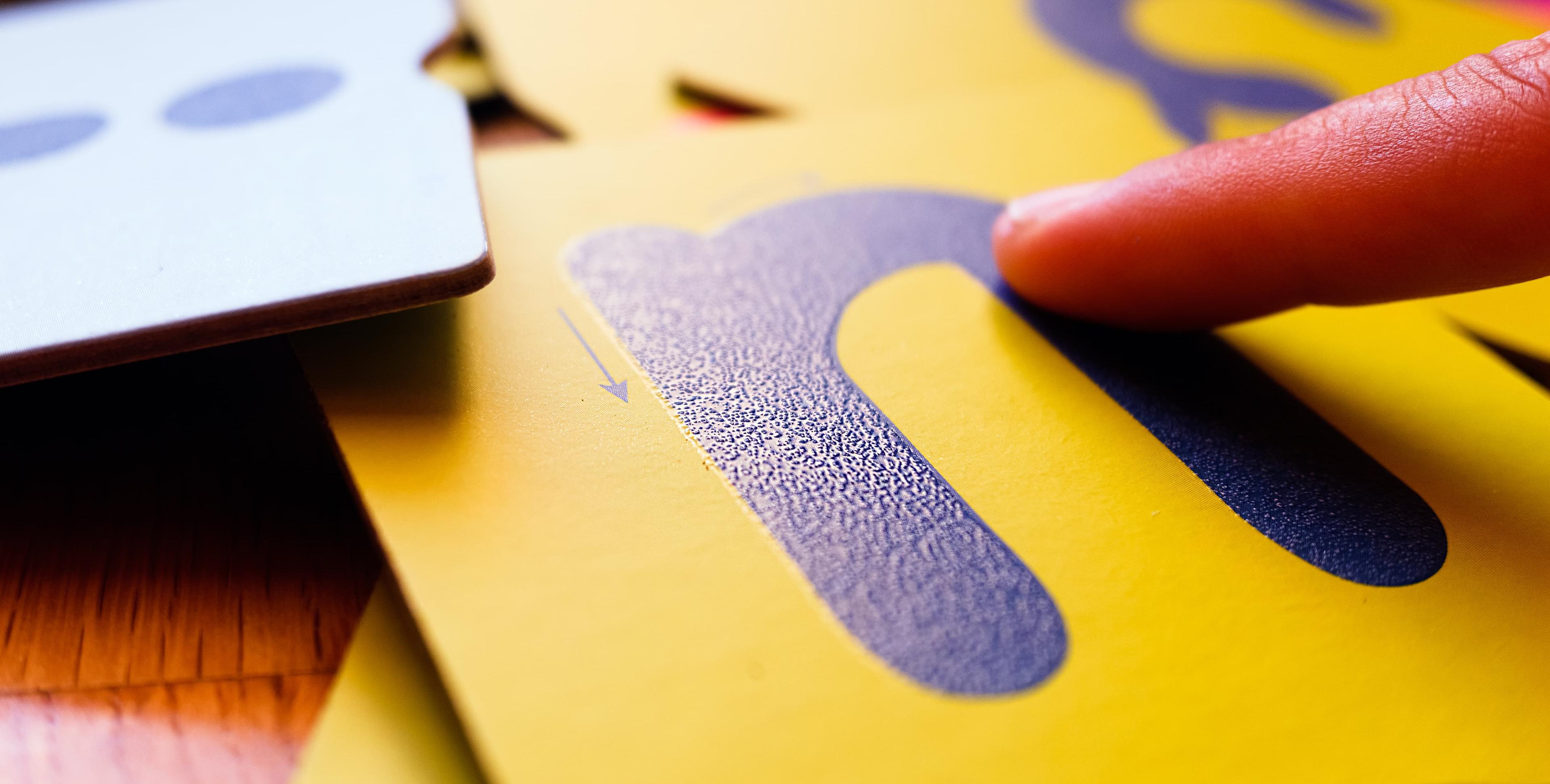The Sandpaper Letters activity is an exercise in Montessori that helps children develop their tactile and visual perception of letters and their corresponding sounds. This is typically one of the first language materials introduced to children in the Montessori environment, and it serves as an important foundation for later reading and writing skills.
Benefits and Points to Note:
- This exercise helps children become familiar with letters and their sounds.
- There is no set order for presenting the letters, but there is a suggested order (e.g., "c and r", "t and a", etc.).
- If your child has trouble pronouncing certain sounds, present those sounds later. Do not press them to speak more clearly. Instead, seek the help of a professional.
- By the age of two, children should be able to speak clearly and well.
- Problems with pronunciation may be related to jaw development and can be improved through myofunctional exercises and a balanced diet.

The activity consists of a set of wooden or cardboard letters with sandpaper glued onto them, representing the shapes of the letters. The child is presented with one letter at a time and is invited to trace the sandpaper with their fingertips, while the teacher or guide pronounces the sound of the letter. The activity helps the child to learn the sound and shape of each letter through a multi-sensory experience that engages their tactile, visual, and auditory senses.
This activity should be done after they have completed other Montessori exercises like Rough and Smooth Boards, Geometric Cabinet, Sound Boxes, and pre-reading exercises. The Sandpaper Letters exercise requires a set of Sandpaper Letters.
Instructions
- Invite your child to join you to work with the Sandpaper Letters.
- Choose a pair of letters that differ in shape, sound, and type. Avoid choosing shapes that look or sound similar.
- Sit at a table that is sized for children, with your child.
- Trace the letter “m” as you say its sound. Trace it slowly and in the direction in which it is written. Use your first two fingers and trace it lightly. Repeat this several times.
- Ask your child if they would like to trace the letter “m”.
- Your child traces the letter as you make the sound. Do not force your child to copy the sound.
- Repeat this process with the letter “a”.
Common Mistakes
- Do not confuse the presentation order of the Sandpaper Letters with the order of sounds listed in the teacher-training materials. The letters from these boxes should be mixed.
To get the most out of this exercise, avoid similar-looking or sounding letters, use a suggested order for presentation, and seek the help of a professional if necessary. By the age of two, children should be able to speak clearly and well.
By engaging the child's senses in the learning process, this activity makes learning more engaging, enjoyable, and effective.

